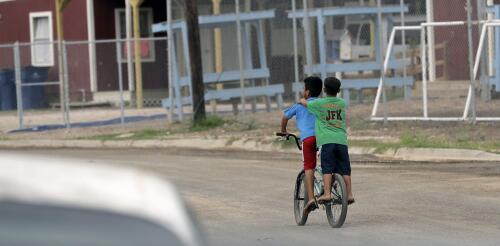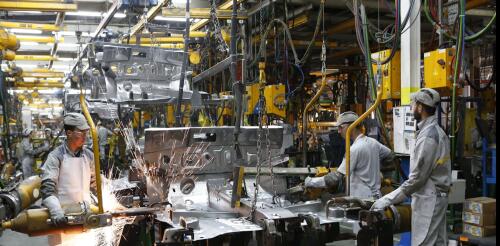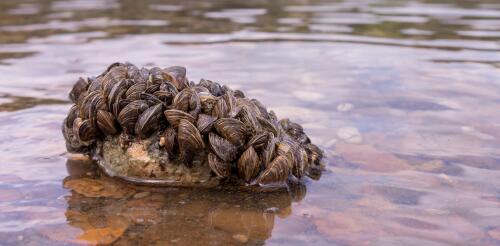environment
Arizona is one of the fastest-growing states in the U.S., with an economy that offers many opportunities for workers and businesses. But it faces a daunting challenge: a water crisis that could seriously constrain its economic growth and vitality. A recent report that projected a roughly 4% shortfall in groundwater supplies in the Phoenix area over the next 100 years prompted the state to curtail new approval of groundwater-dependent residential development in some of the region’s fast-growing suburbs. Moreover, negotiations continue over dwindling supplies from the Colorado River, which historically supplied more than a third of the state’s water. The Colorado River’s watershed extends across seven U.S. states and into Mexico. Use of river water is governed by a compact negotiated in 1922. Center for Colorado River Studies, CC BY-ND As a partial solution, the Arizona Water Infras...
Earthquakes, large and small, happen every single day along zones that wrap around the world like seams on a baseball. Most don’t bother anybody, so they don’t make the news. But every now and then a catastrophic earthquake hits people somewhere in the world with horrific destruction and immense suffering. On Oct. 7, 2023, a 6.3 magnitude earthquake struck near the historic city of Herat, Afghanistan, leaving more than 1,000 people dead in the rubble, according to estimates. It was followed by two more earthquakes, just as powerful, on Oct. 11 and Oct. 15. A few weeks earlier, on Sept. 8, a 6.8 magnitude earthquake shook ancient villages apart in the Atlas Mountains of Morocco, killing nearly 3,000 people. In February 2023, a large area of Turkey and Syria was devastated by two major earthquakes that hit in close succession. As a geologist, I study the forces that cause earthquakes. Here’s why some seismic zones are very active while others may be quiet for ge...
In a Zen parable, a man sees a horse and rider galloping by. The man asks the rider where he’s going, and the rider responds, “I don’t know. Ask the horse!” It is easy to feel out of control and helpless in the face of the many problems Americans are now experiencing – unaffordable health care, poverty and climate change, to name a few. These problems are made harder by the ways in which people, including elected representatives, often talk past each other. Most people want a strong economy, social well-being and a healthy environment. These goals are interdependent: A strong economy isn’t possible without a society peaceful enough to support investment and well-functioning markets, or without water and air clean enough to support life and productivity. This understanding – that economic, social and environmental well-being are intertwined – is the premise of sustainable development. In 2015, the United Nations General Assembly u...
Not only people need to stay cool, especially in a summer of record-breaking heat waves. Many machines, including cellphones, data centers, cars and airplanes, become less efficient and degrade more quickly in extreme heat. Machines generate their own heat, too, which can make hot temperatures around them even hotter. We are engineering researchers who study how machines manage heat and ways to effectively recover and reuse heat that is otherwise wasted. There are several ways extreme heat affects machines. No machine is perfectly efficient – all machines face some internal friction during operation. This friction causes machines to dissipate some heat, so the hotter it is outside, the hotter the machine will be. Cellphones and similar devices with lithium ion batteries stop working as well when operating in climates above 95 degrees Farenheit (35 degrees Celsius) – this is to avoid overheating and increased stress on the electronics. Cooling designs that use inn...
Invasive species – including plants, animals and fish – cause heavy damage to crops, wildlife and human health worldwide. Some prey on native species; other out-compete them for space and food or spread disease. A new United Nations report estimates the losses generated by invasives at more than US$423 billion yearly and shows that these damages have at least quadrupled in every decade since 1970. Humans regularly move animals, plants and other living species from their home areas to new locations, either accidentally or on purpose. For example, they may import plants from faraway locations to raise as crops or bring in a nonnative animal to prey on a local pest. Other invasives hitch rides in cargo or ships’ ballast water. When a species that is not native to a particular area becomes established there, reproducing quickly and causing harm, it has become invasive. These recent articles from The Conversation describe how several invasive species are causing eco...




